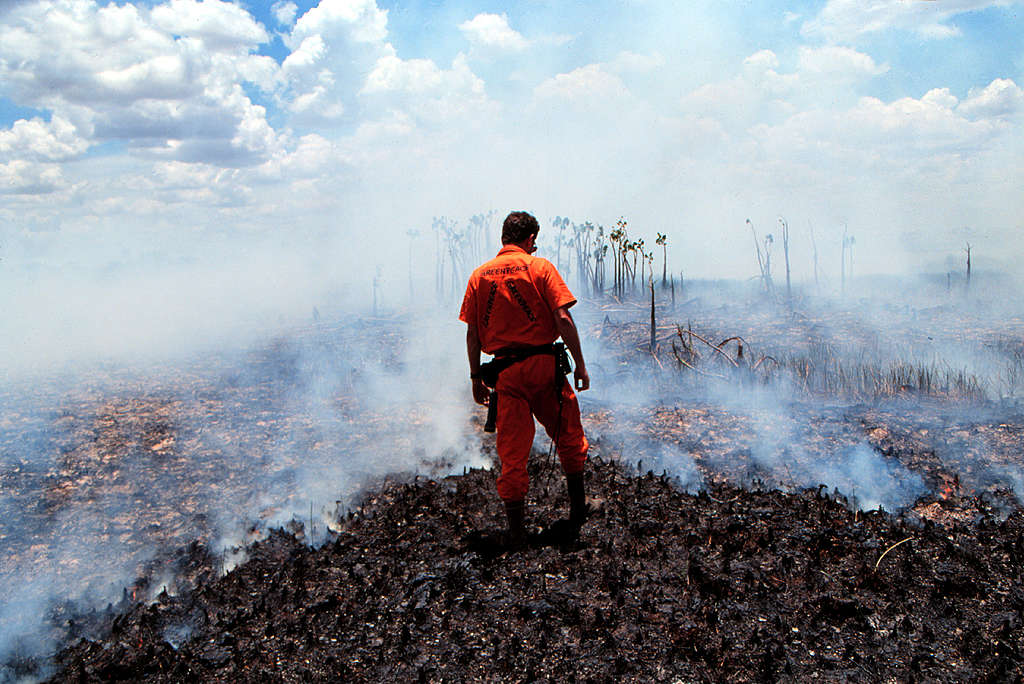After a summer of record high temperatures and devastating forest fires, 2022 started with cold weather not seen in decades. And while scientists predict heatwaves and drying as the impacts of climate change in the MENA region, what has been happening shows an opposite situation. Cold waves, snowstorms at low altitudes, and high wind speeds all point to colder winters. So, what are we facing and how is it related to climate change and global warming?
These rare weather conditions were first observed in Greece and Turkey causing road blockings, electricity cut-offs, and the suspension of flights. Later, similar weather patterns were recorded in certain countries in the MENA region, such as Egypt, Lebanon, Saudi Arabia, Syria, Iraq, Kuwait, and Jordan, in the US, and in India.
Known as cold waves, these conditions were marked by a significant drop in the average temperature in the region. In Egypt and Lebanon, temperatures were seven to eight degrees lower than the seasonal average, while in Saudi Arabia, Syria, Iraq, and Kuwait they fell below zero. They were also accompanied by extreme winter events such as snowstorms that delayed flights in Jordan and reached low altitudes in Lebanon and high wind speed (100km/h) that caused damages in Syria.
Cold waves are caused by two natural patterns rendered more extreme by climate change. La Nina is a climate pattern responsible for making winters colder in northern countries which include Jordan, Lebanon, Syria, Egypt, and Iraq. Aggravated by climate change, la Nina started in October 2021 and reached its peak in January 2022. The second pattern is the polar vortex. It brings cold air from the north pole into countries situated in midlatitudes, such as the countries affected by this cold wave, when destabilized by a warmer earth caused by global warming.
The effects of this cold wave, like every impact of climate change, weren’t felt equally by all communities as some suffer more greatly than others. These weather events mostly affected the poor and the displaced. Living in camps, with no appropriate clothing and lack of heating, Syrian refugees and the Yazidis are examples of those groups. Trapped in the snow, they faced food shortages, had some of their tents destroyed and witnessed the death of children.
In Lebanon, the lack of electricity and the soaring in fuel prices following the economic crisis affected the poor who had no means for heating.
Finally, farmers around the region saw the death of their cattle and their yields greatly impacted by the cold wave leading to financial losses.
Many animals who were not able to bear such cold temperatures were impacted as well. This includes the death of cows and chickens in farms but also certain animals that the cold froze such as donkeys in Turkey and iguanas in the US. Also, many trees fell as a result of the high wind speed.
Extreme events will become more frequent as climate change intensifies. To reduce their harm, two steps must be taken by countries: reduce GHGs emissions to limit the effects of climate change, especially for the most highly emitting countries in the global North, and drafting and implementing policies around measures to adapt to those extreme events.
And with those events comes significant damages, especially on marginalized communities. From here, who is responsible for paying and compensating for the damages of climate change including the ones of this cold wave? Will marginalized communities be left alone in bearing such losses?

Climate change is happening. Those who have contributed the least to the climate crisis are the most at risk. That’s why a growing number of communities are taking legal action: to hold governments and fossil fuel companies accountable and to secure their rights to a stable climate and healthy environment.

Discussion
Great article. Clearly point to climate change as the source of grave and highly impactful results on all aspects of life.